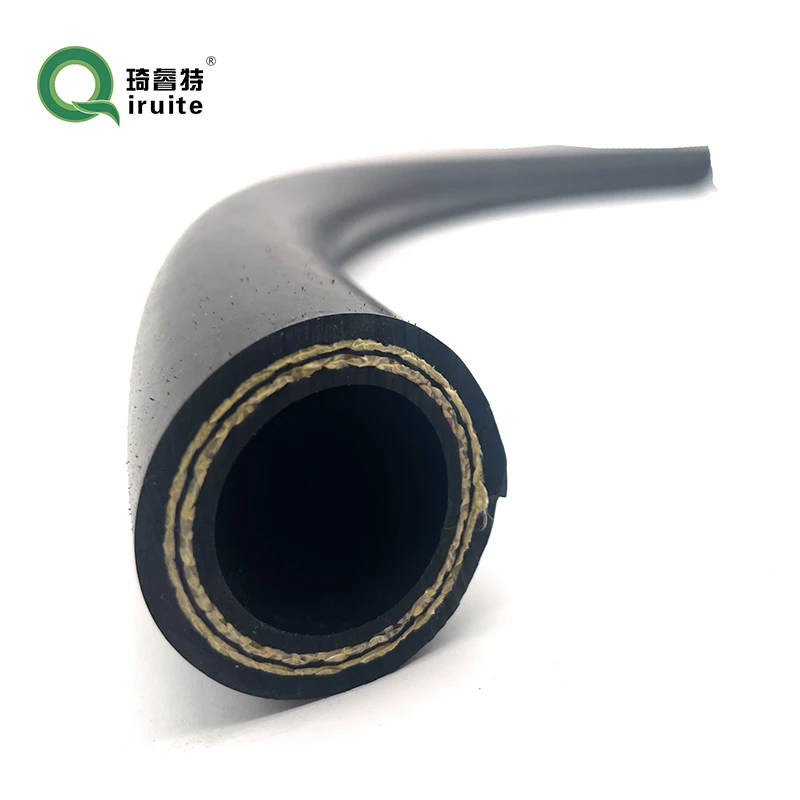Understanding the Purpose and Importance of Brake Vacuum Hoses in Vehicles
Understanding Brake Vacuum Hoses Importance, Function, and Maintenance
In the realm of automotive engineering, the brake system is one of the most critical components ensuring vehicle safety. Among its many parts, the brake vacuum hose plays an essential role, often overshadowed by more prominent elements like brake pads and discs. Understanding its function, importance, and maintenance can provide vehicle owners with insight into the efficient operation of their braking system.
What is a Brake Vacuum Hose?
The brake vacuum hose is a rubber or flexible plastic tube that connects the brake booster to the engine's intake manifold. Its primary purpose is to transfer vacuum pressure generated by the engine, which assists in amplifying the force applied to the brake pedal. When the driver presses the pedal, the vacuum helps multiply that force, allowing the brakes to engage more effectively. This means that less effort is required from the driver while ensuring a responsive braking experience.
Importance of the Brake Vacuum Hose
The efficiency of the brake system heavily relies on the functionality of the brake vacuum hose. A well-functioning vacuum hose ensures that the brake booster operates effectively, contributing to smoother and more responsive braking. Conversely, a damaged or worn-out hose can lead to a myriad of issues such as increased pedal effort, reduced braking power, and even complete brake failure in extreme cases. This underscores the vital role that this seemingly inconspicuous component plays in driving safety.
Common Problems and Signs of Wear
brake vacuum hose

Brake vacuum hoses can deteriorate over time due to factors such as heat, exposure to chemicals, and general wear and tear. Common issues include cracks, leaks, and disconnections. Drivers may notice several warning signs indicating a potential problem, including
1. Soft Brake Pedal A brake pedal that feels unusually soft or spongy may indicate a vacuum leak. 2. Increased Stopping Distance If a vehicle takes longer to stop than usual, it could point to issues with vacuum assist. 3. Hissing Sounds A hissing noise from the brake area can suggest air leaking through a damaged vacuum hose.
Maintenance Tips
To ensure the longevity and effectiveness of the brake vacuum hose, vehicle owners should adhere to regular maintenance practices. Here are some helpful tips
1. Visual Inspections Regularly check the hose for any signs of wear or damage, such as cracks or fraying. 2. Listen for Unusual Sounds Pay attention to noises that may indicate a leak or other issues within the braking system. 3. Professional Checks Have trained mechanics perform routine maintenance checks, especially during brake servicing.
Conclusion
The brake vacuum hose is a crucial component that significantly impacts the overall performance of a vehicle’s braking system. By understanding its function, recognizing the signs of wear, and maintaining it properly, drivers can enhance their vehicle's safety and reliability. Regardless of how minor it may seem, neglecting the brake vacuum hose can lead to serious safety hazards on the road. Therefore, keeping this component in check should be a priority for all vehicle owners.
-
Ultimate Spiral Protection for Hoses & CablesNewsJun.26,2025
-
The Ultimate Quick-Connect Solutions for Every NeedNewsJun.26,2025
-
SAE J1401 Brake Hose: Reliable Choice for Safe BrakingNewsJun.26,2025
-
Reliable J2064 A/C Hoses for Real-World Cooling NeedsNewsJun.26,2025
-
Heavy-Duty Sewer Jetting Hoses Built to LastNewsJun.26,2025
-
Fix Power Steering Tube Leaks Fast – Durable & Affordable SolutionNewsJun.26,2025

